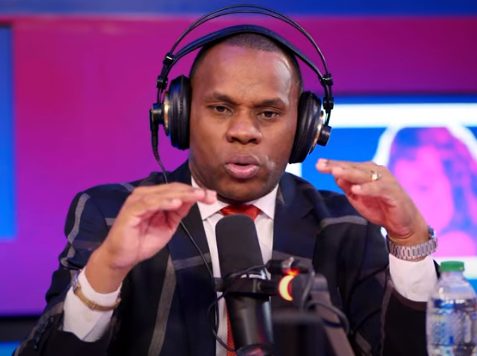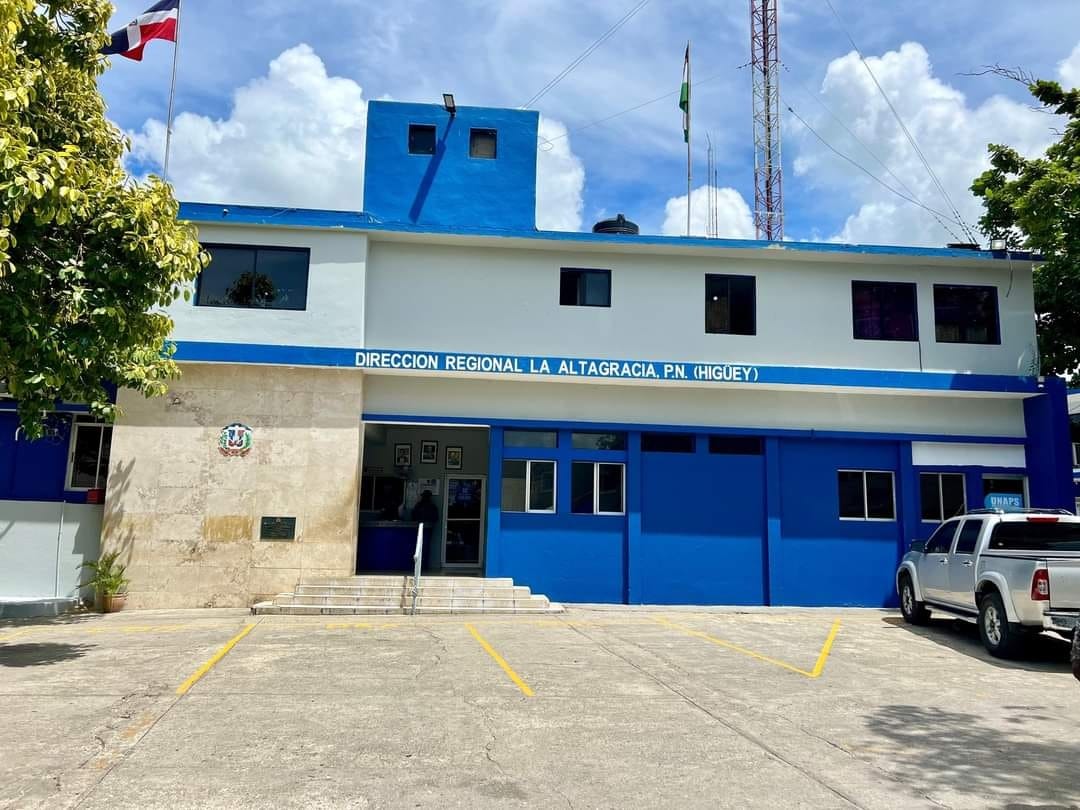En el programa radial «Esto No Es Radio», los participantes en la cabina manifestaron su pensamiento al respecto de un audiovisual que alcanzó la viralidad en estas últimas horas, cuando fue mostrado en una transmisión en vivo, la presencia de un asalto en el camión de El Nuevo Diario.
En efecto, se trató de una película titulada «Asalto en Progreso», inspirada en eventos históricos, con el objetivo de explorar las reacciones de la gente. Este experimento busca evocar el famoso asalto televisado a un banco dominicano hace tres décadas, el cual dejó una marca indeleble en la memoria colectiva del país.
El director y productor del film, Jossell Hernández, explicó que el asalto simulado al camión de El Nuevo Diario durante una transmisión en vivo fue utilizado como escenario para contrastar las diferentes reacciones y connotaciones que surgirían ante un asalto a mano armada presenciado por todos.
Según Hernández, el asalto escenificado se llevó a cabo sin previo aviso a los presentadores de El Nuevo Diario, incluyendo a Jaime Rincón, Aneudy Ramírez y Julio Samuel Sierra, con el propósito de capturar reacciones genuinas y orgánicas durante la transmisión del programa «El Nuevo Diario en la Tarde», desde el sector de Cristo Rey.
Además, señaló que el camión de El Nuevo Diario proporcionó el escenario ideal para recrear una situación similar a la que se presenta en la película. La rueda de prensa para revelar detalles más específicos sobre la producción está programada para este jueves.
La película, realizada en colaboración con La Aldea Estudio, se basa en hechos reales, específicamente en el asalto al Banco del Progreso ocurrido el 1 de marzo de 1993.
De su lado, el comunicador Ramón Tolentino, junto con los demás panelistas del programa en cuestión, criticaron enérgicamente esta acción de viralizar un contenido tan delicado, argumentando que no es la manera apropiada de promocionar una película por medio de esta acción que ha generado gran malestar y causó mucha preocupación entre la población.
«La policía no lo sabía, porque como yo soy una persona que ha tratado de tener más información que el propio estado, a mí me llamaron las instituciones de investigaciones», señaló Ramón Tolentino.
«Yo no espero que eso no se convierta en todo lo contrario el día del estreno. Yo vi comentarios de procuradores, de jueces activos, juez de tribunal constitucional, grandes comunicadores (…) lamentablemente, como se dice, los barrios no eran los que estaban comentando, y cuando esa clase Élite comenta algo, indica que el efecto fue MUY NEGATIVO», dijo Tolentino.












